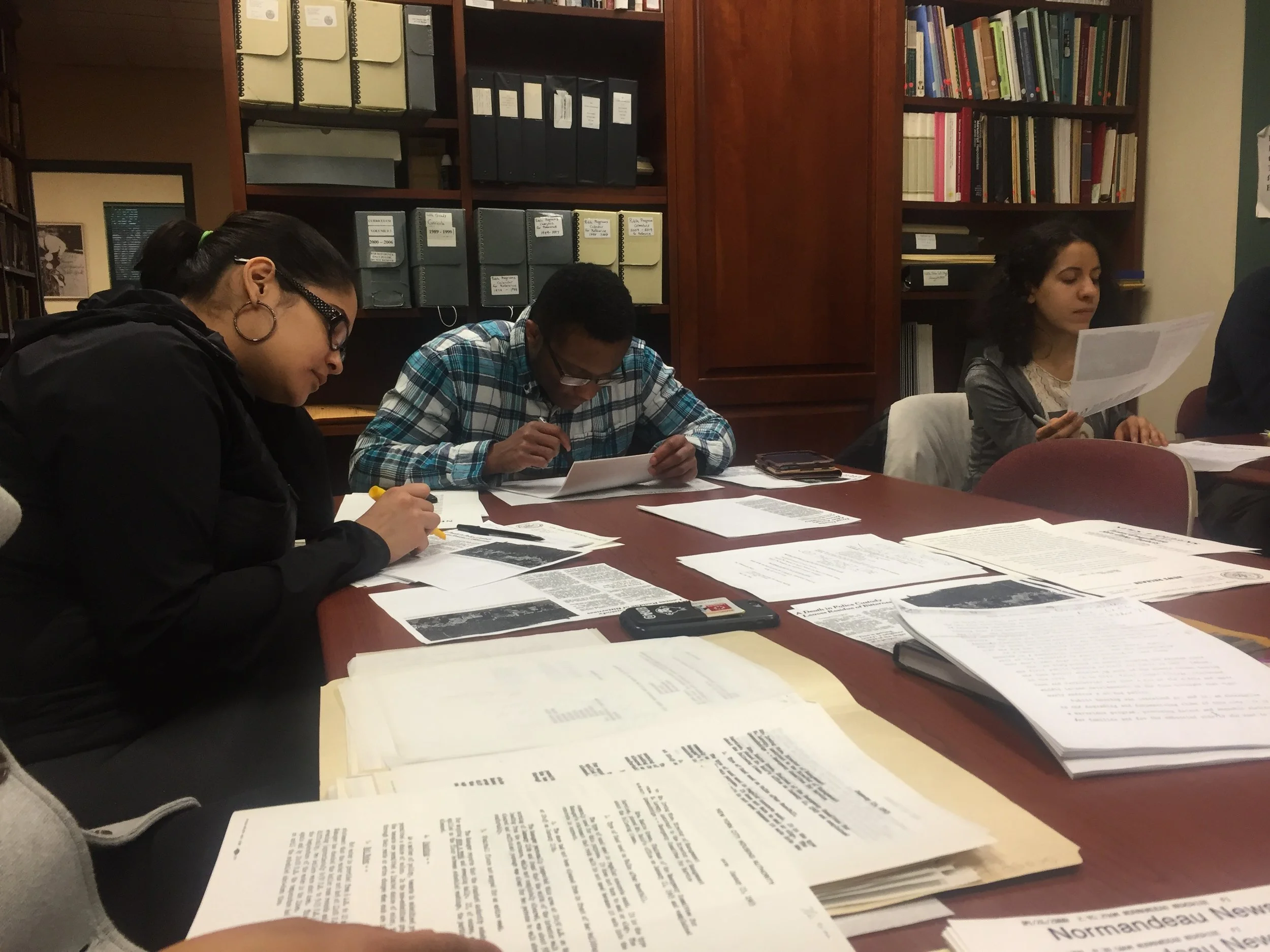Mapping a Queer New York: An Interview with Jen Jack Gieseking
Interviewed by Katie Uva
Today on the blog, Katie Uva interviews Jen Jack Gieseking about their mapping project, An Everyday Queer New York, a companion project to his book A Queer New York: Geographies of Lesbians, Dykes, and Queers, forthcoming in 2020. Jack discusses the challenges and opportunities in mapping as a way of understanding lesbian, gay, bisexual, trans, and queer (LGBTQ+) history in general, and the history of queer women and trans and gender non-conforming people (tgncp) in particular.
Read More









